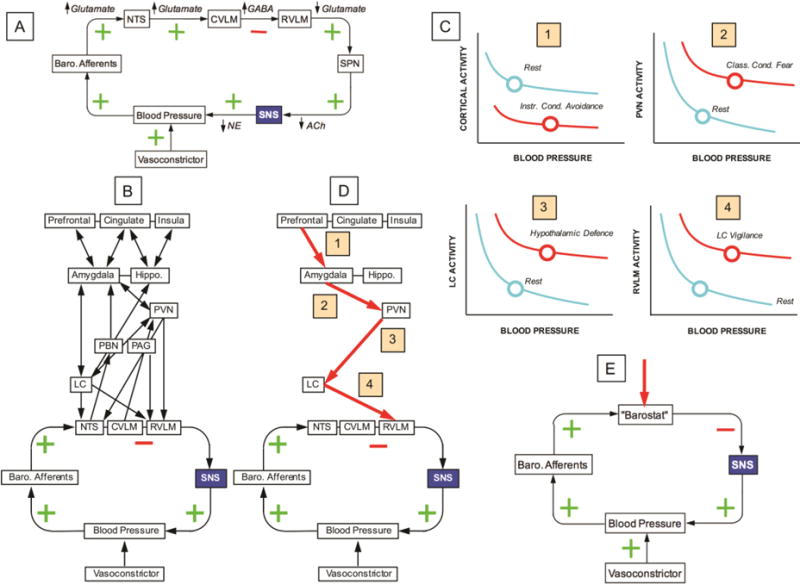Figure 4. Systems biologic and integrative physiologic views of homeostatic regulation of blood pressure in response to infusion of a vasoconstrictor.

This concept diagram conveys a way neurocybernetics and medical biocybernetics can be linked. Neurocybernetics is focused on the complex systems biologic network, and medical biocybernetics deals with the negative feedback regulation that is necessary for homeostasis. This Figure depicts homeostatic regulation of blood pressure during infusion of a vasoconstrictor. (A) Reflexive responses to a vasoconstrictor involve increased baroreceptor afferent traffic to the nucleus of the solitary tract (NTS), followed by activation of the caudal ventrolateral medulla (CVLM). Release of the inhibitory neurotransmitter GABA from the CVLM terminating in the rostral ventrolateral medulla (RVLM) inhibits RVLM outflow to the sympathetic pre-ganglionic neurons (SPN) in the intermediolateral columns of the spinal cord, resulting in decreased post-ganglionic sympathetic noradrenergic system (SNS) traffic and decreased delivery of norepinephrine (NE) to its receptors on vascular smooth muscle cells. Green positive signs indicate positive relationships, and the red negative sign indicates a negative relationship. Because there is a single negative relationship in the feedback loop, the blood pressure attains a steady-state value lower than that produced by the vasoconstrictor in the absence of the feedback loop. (B) Nodes and relationships in the central autonomic network that mediate modulation of the blood pressure response. (C) Input-output curves at ascending levels of the neuraxis. Locus ceruleus (LC) activation as part of vigilance shifts the relationship between activity of rostral ventrolateral medulla (RVLM) neurons and blood pressure; a defence reaction evoked at the level of the hypothalamus shifts the curve relating LC activity to blood pressure; classically conditioned fear shifts the relationship between paraventricular nucleus (PVN) activity and blood pressure; and instrumentally conditioned avoidance shifts the relationship between cortical activity and blood pressure. (D) Hypothetical pathway by which release from cortical restraint exerts a feed-forward inhibition of baroreflex regulation of blood pressure. (E) The adjustments in the input-output curves have the net effect of resetting a hypothetical “barostat.” Other abbreviations: Class. Cond.=classical conditioned; Instr. Cond.=instrumentally conditioned.
